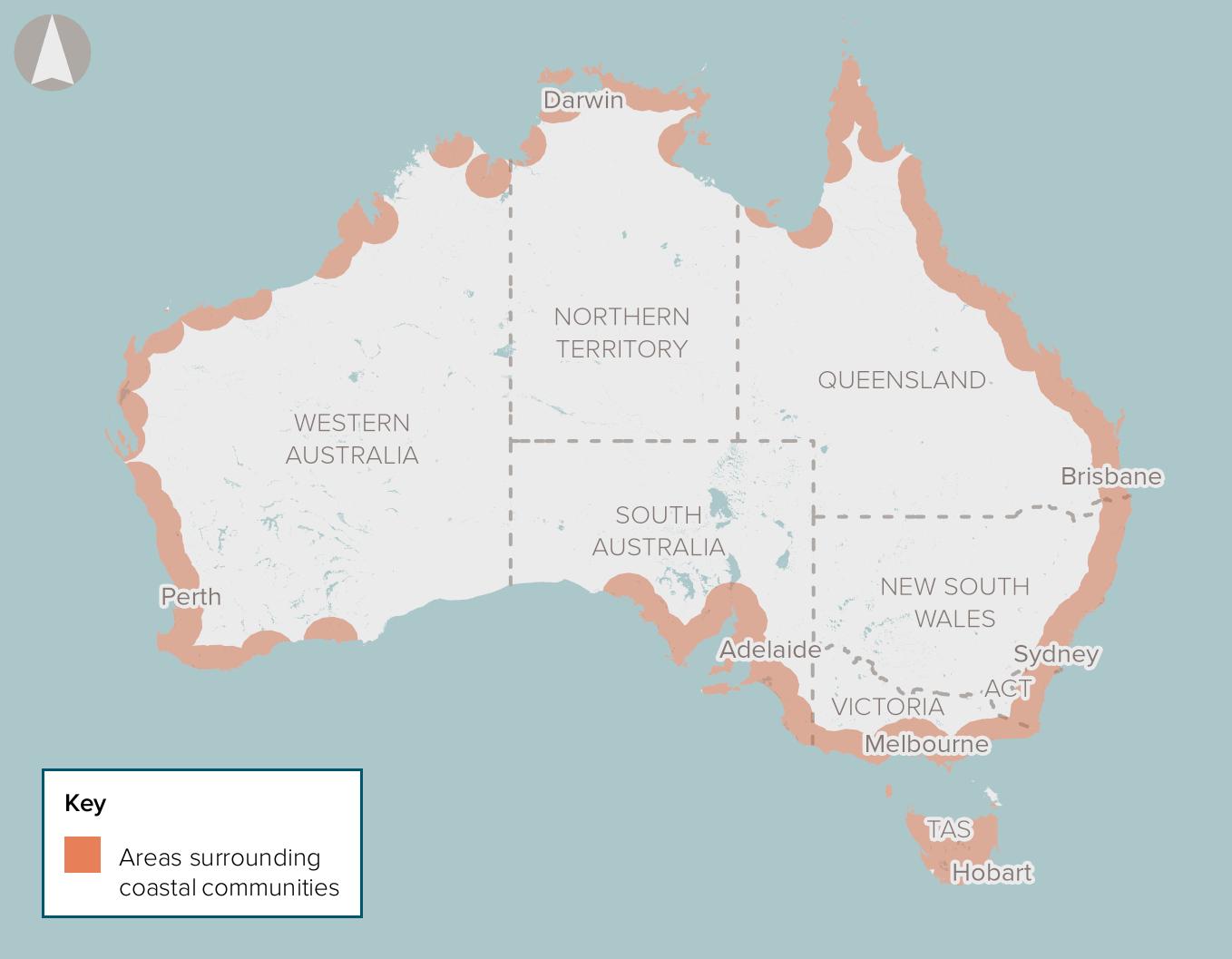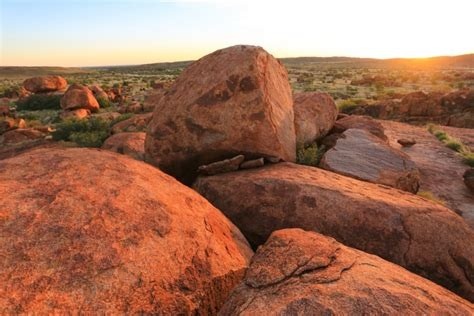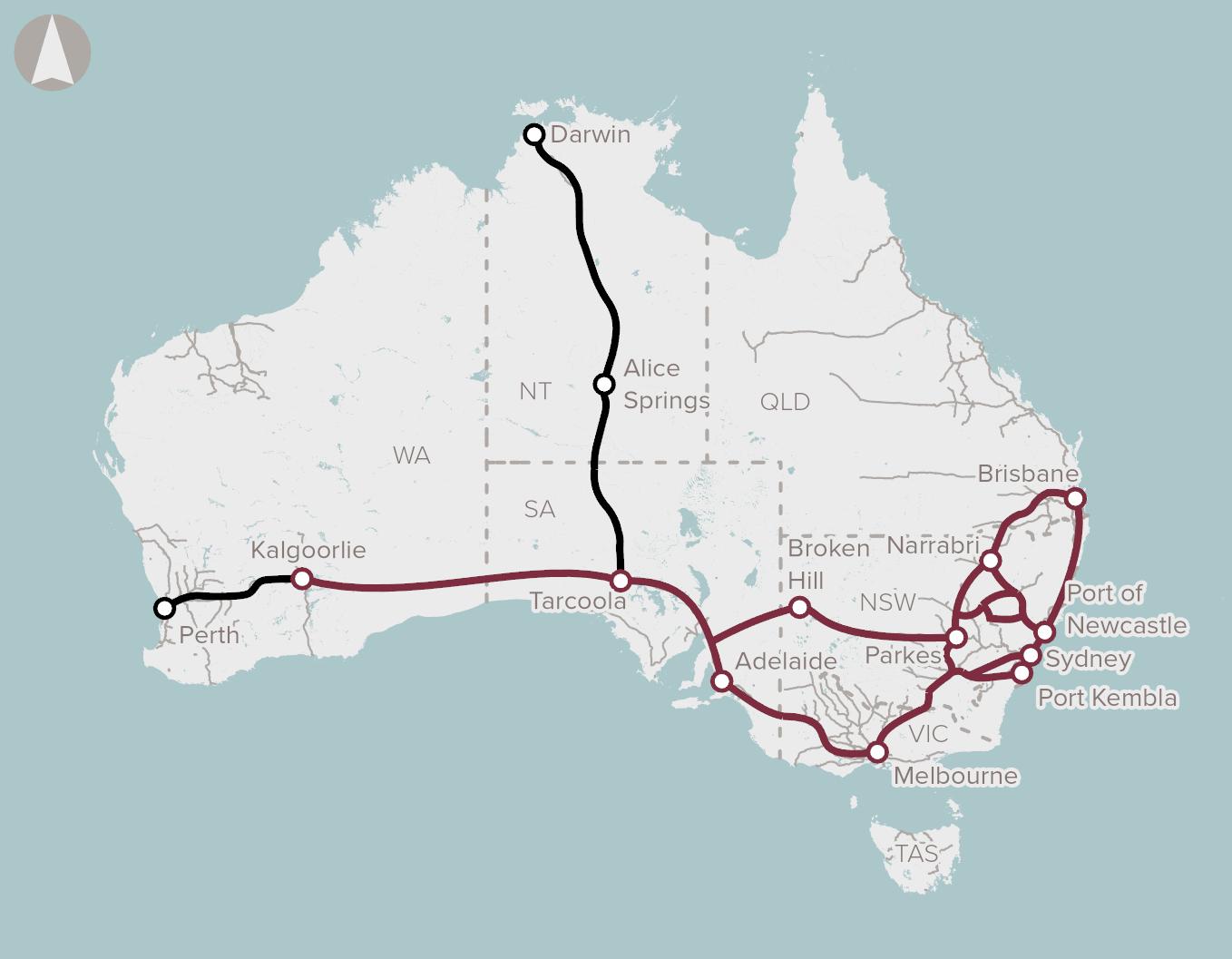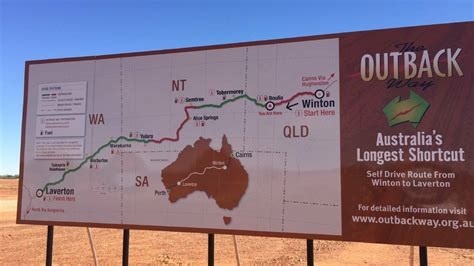Chart Color Schemes
est. as @ -- *
ABS ERP | -- people | --
2021 Census | -- people
Sales Activity
Curious about local property values? Filter the chart to assess the volume and appreciation (including resales) trends and regional comparisons, or scroll to the map below view this information at an individual property level.
Find a Recent Sale
Sales Detail
Population
Yuendumu - Anmatjere is positioned among the lower quartile of areas assessed nationally for population growth based on AreaSearch's assessment of recent, and medium term trends
Yuendumu - Anmatjere's population is around 2,071 as of Aug 2025. This reflects an increase of 220 people since the 2021 Census, which reported a population of 1,851 people. The change is inferred from the estimated resident population of 2,068 from the ABS as of June 2024 and an additional 8 validated new addresses since the Census date. This level of population equates to a density ratio of 0 persons per square kilometer. Yuendumu - Anmatjere's growth rate of 11.9% since the 2021 census exceeded both the national average (8.6%) and state averages, marking it as a growth leader in the region. Population growth for the area was primarily driven by natural growth, contributing approximately 87.5% of overall population gains during recent periods.
AreaSearch is adopting ABS/Geoscience Australia projections for each SA2 area, released in 2024 with a base year of 2022. For areas not covered by this data and to estimate growth post-2032, AreaSearch applies growth rates by age cohort provided by the ABS in its latest Greater Capital Region projections (released in 2023, based on 2022 data). According to population projections, a population increase just below the median of regional areas across the nation is expected. The area is projected to expand by 242 persons to reach 2,313 by 2041, reflecting an overall increase of 11.5% over the 17-year period.
Frequently Asked Questions - Population
Development
AreaSearch assessment of residential development drivers sees a low level of activity in Yuendumu - Anmatjere, placing the area among the bottom 25% of areas assessed nationally
Yuendumu - Anmatjere had 3 dwelling approvals annually from 2016 to 2020, totalling 16 dwellings. This low development level is typical of rural areas with modest housing needs and limited construction activity due to local demand and infrastructure capacity. The small sample size can significantly influence annual growth and relativity statistics.
Compared to the Rest of NT and national averages, Yuendumu - Anmatjere has much lower development activity. All recent developments have been detached dwellings, maintaining the area's rural nature with emphasis on space. As of 2021, there are estimated to be 431 people in the area per dwelling approval. By 2041, Yuendumu - Anmatjere is projected to add 239 residents.
Development is keeping pace with projected growth, but buyers may face increasing competition as the population expands.
Frequently Asked Questions - Development
Infrastructure
Yuendumu - Anmatjere has limited levels of nearby infrastructure activity, ranking in the 16thth percentile nationally
Changes to local infrastructure significantly influence an area's performance. AreaSearch has identified four projects expected to impact this region: Tanami Road Upgrade, Network Optimisation Program - Rail, Connection Between Eastern Gas Markets And Gas Suppliers, and Coastal Hazards Adaptation Strategy. The following details these key initiatives.
Professional plan users can use the search below to filter and access additional projects.
INFRASTRUCTURE SEARCH
Frequently Asked Questions - Infrastructure
Enabling Infrastructure for Hydrogen Production
Australia has completed the National Hydrogen Infrastructure Assessment (NHIA) to 2050 and refreshed its National Hydrogen Strategy (2024). The programmatic focus has shifted to planning and enabling infrastructure through measures such as ARENA's Hydrogen Headstart and the Hydrogen Production Tax Incentive (from April 2025). Round 2 of Hydrogen Headstart consultation occurred in 2025. Collectively these actions aim to coordinate investment in transport, storage, water and electricity inputs linked to Renewable Energy Zones and priority hubs, supporting large-scale renewable hydrogen production and future export supply chains.
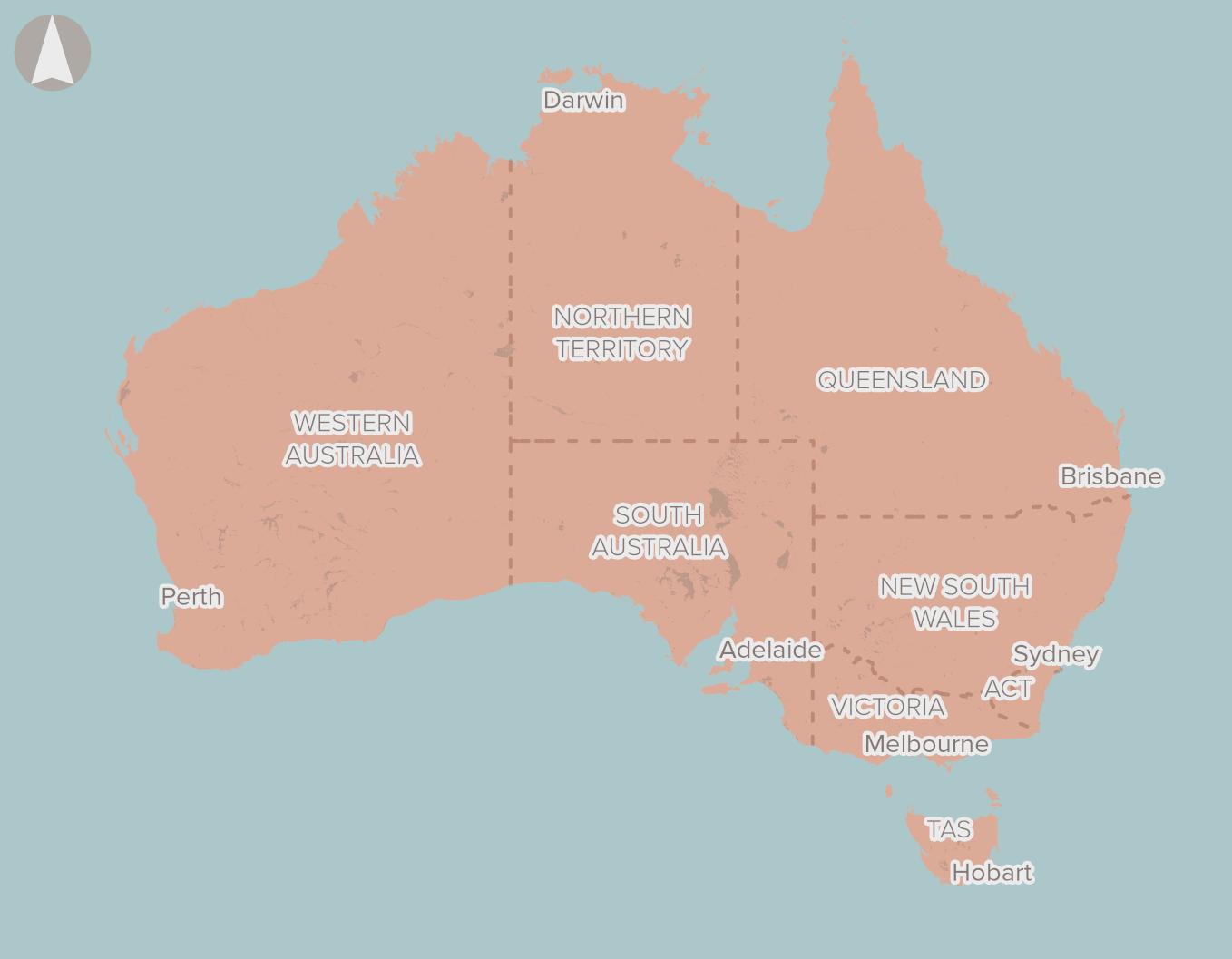
Enabling Digital Health Services for Regional and Remote Australia
National initiative to expand and improve digital health access for people in regional and remote Australia. Focus areas include enabling telehealth and virtual care, upgrading clinical systems and connectivity, supporting secure information exchange, and building workforce capability in digital health, aligned with the Australian Government's Digital Health Blueprint and Action Plan 2023-2033.
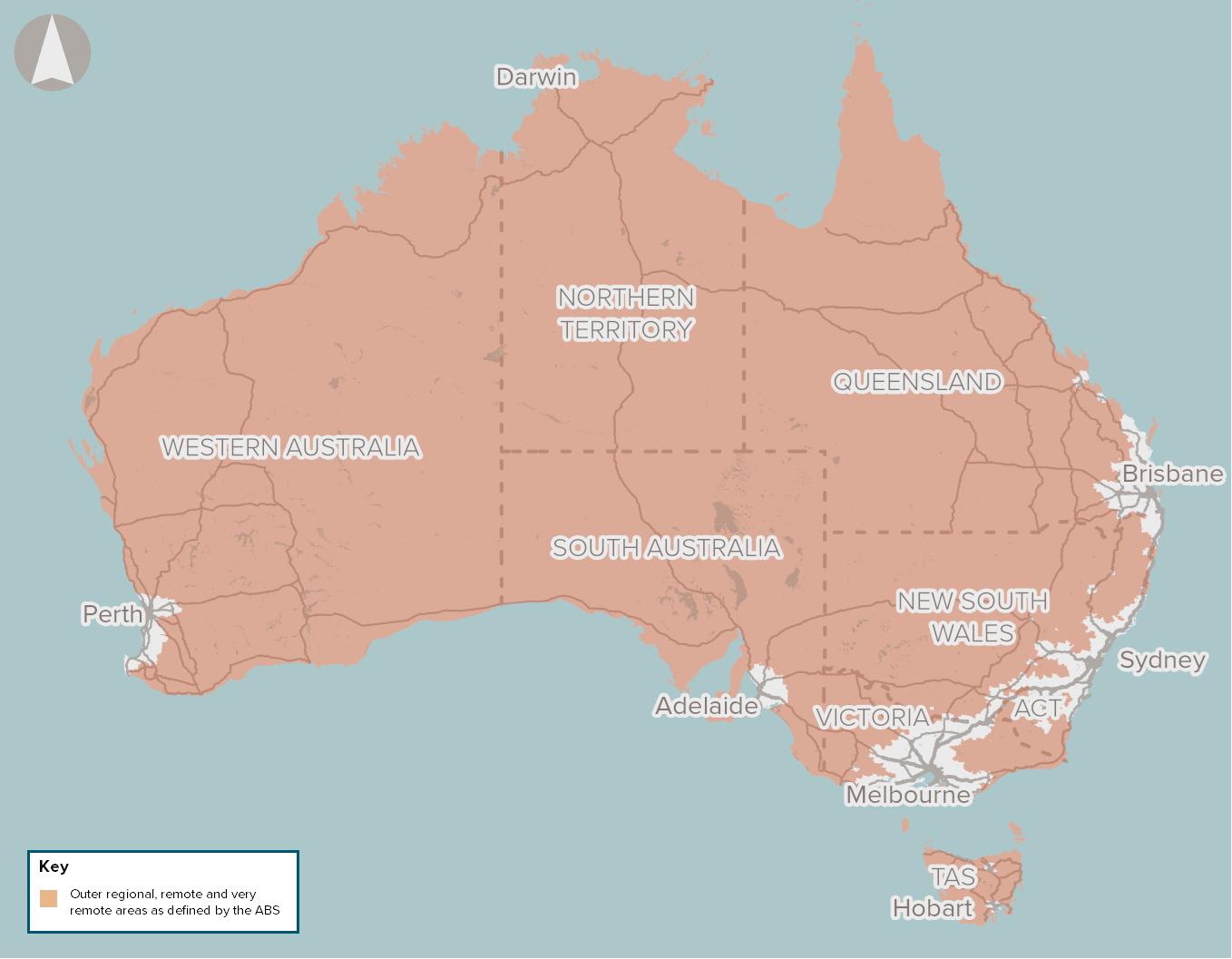
National EV Charging Network (Highway Fast Charging)
Partnership between the Australian Government and NRMA to deliver a backbone EV fast charging network on national highways. Program funds and co-funds 117 DC fast charging sites at roughly 150 km intervals to connect all capital cities and regional routes, reducing range anxiety and supporting EV uptake.
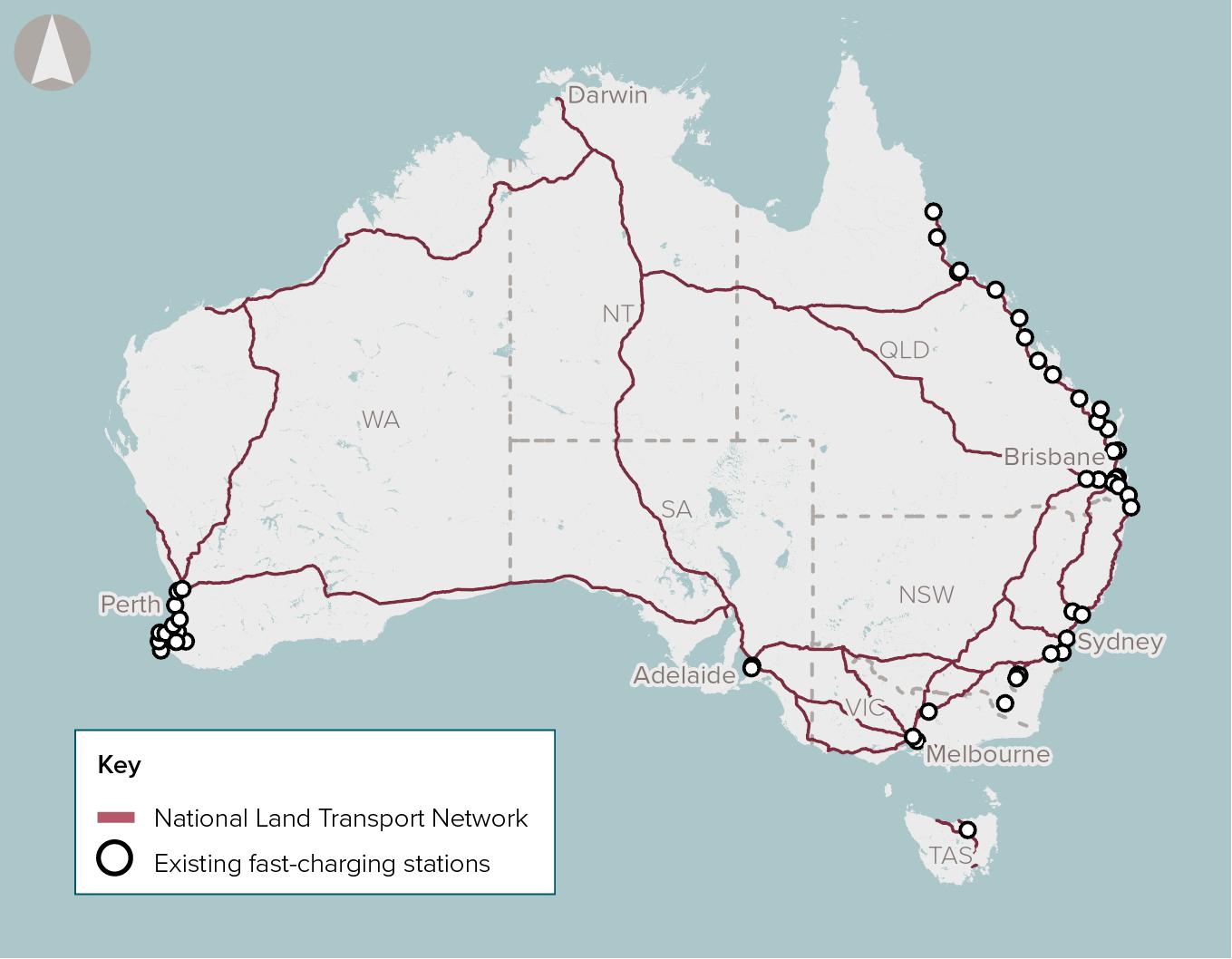
Bulk Water Supply Security
Nationwide program led by the National Water Grid Authority to improve bulk water security and reliability for non-potable and productive uses. Activities include strategic planning, science and business cases, and funding of state and territory projects such as storages, pipelines, dam upgrades, recycled water and efficiency upgrades to build drought resilience and support regional communities, industry and the environment.
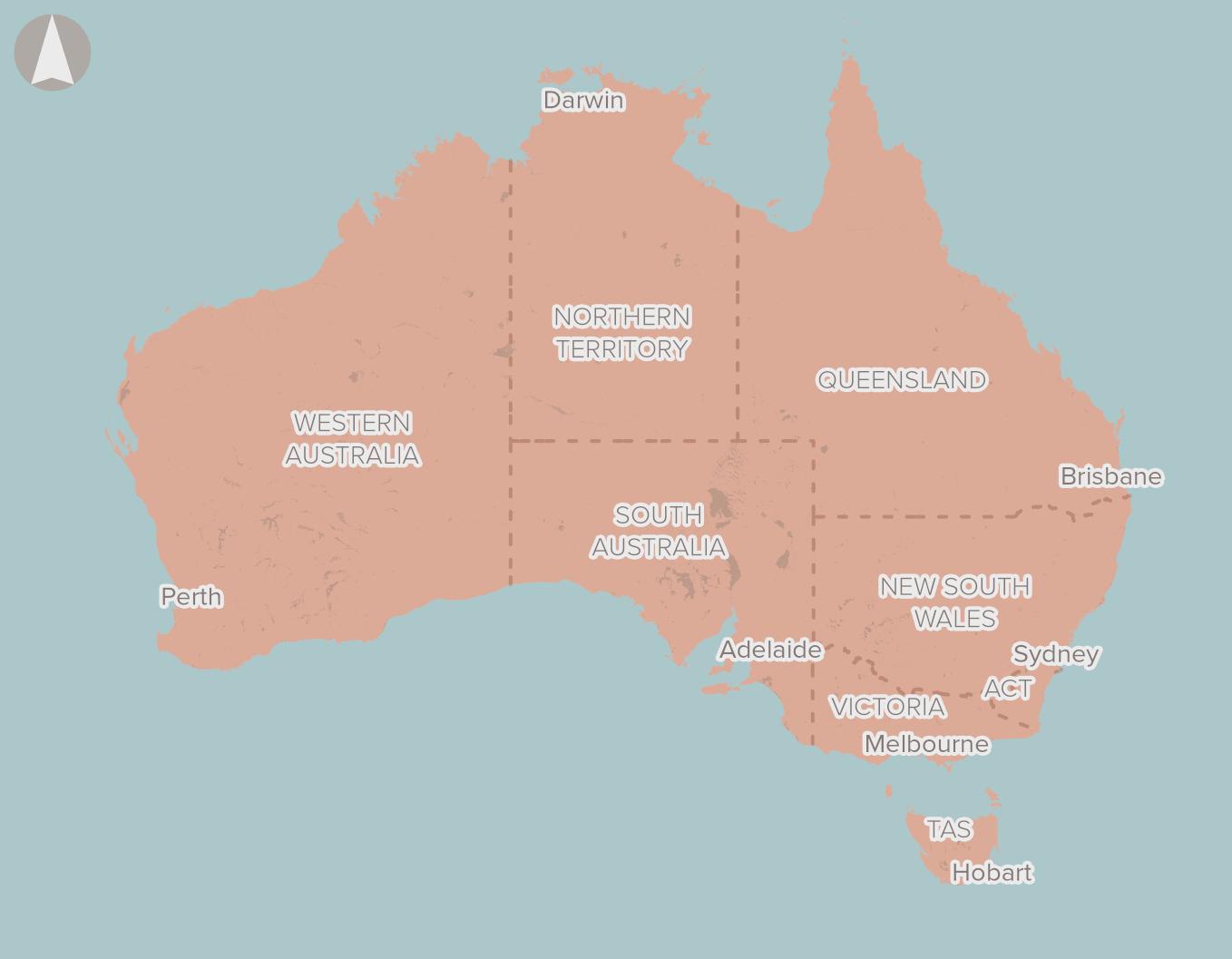
Network Optimisation Program - Roads
A national program concept focused on improving congestion and reliability on urban road networks by using low-cost operational measures and technology (e.g., signal timing, intersection treatments, incident management) to optimise existing capacity across major city corridors.
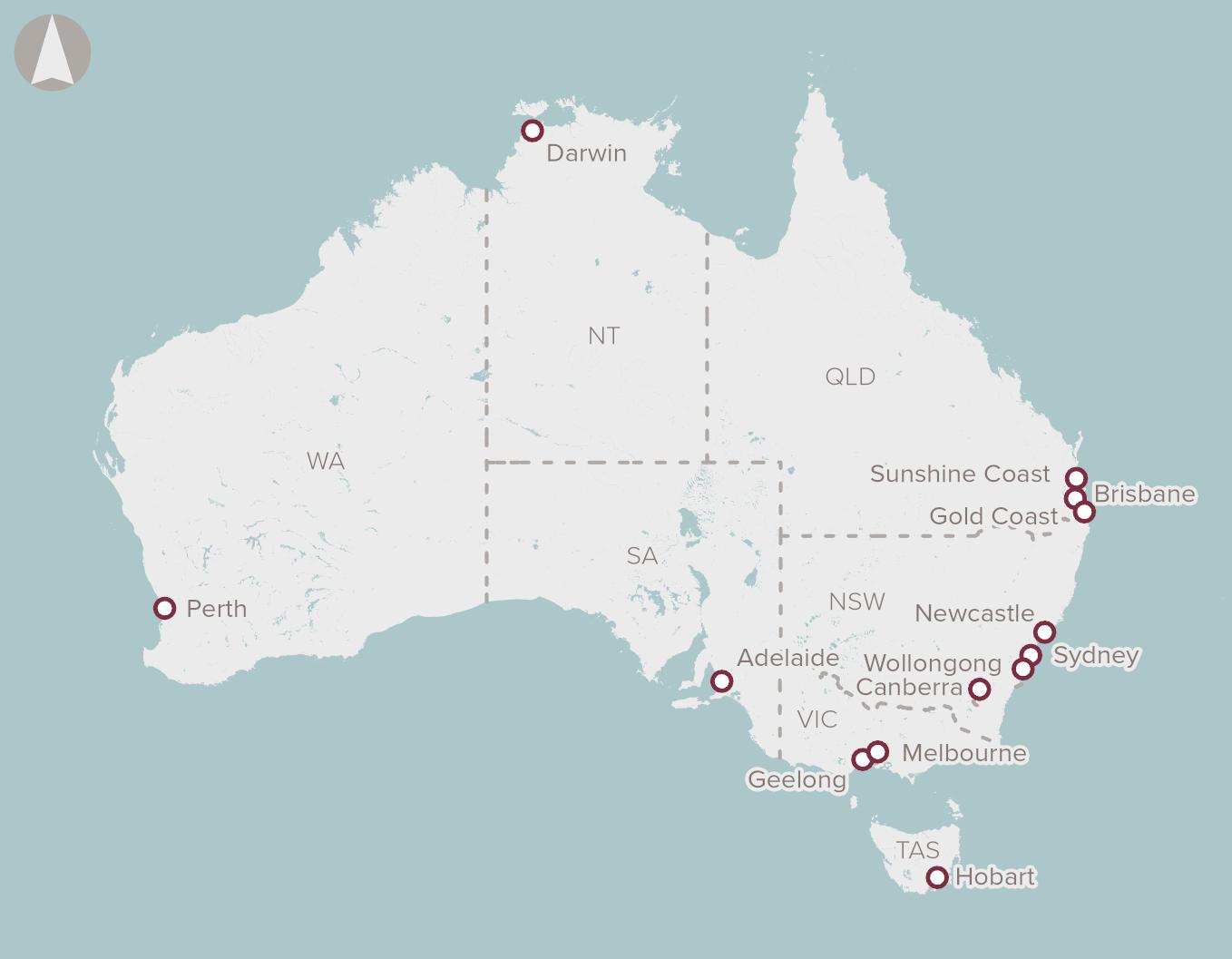
Tanami Road Upgrade
The Tanami Road between Alice Springs and Halls Creek is being upgraded and sealed by Federal, Northern Territory, and Western Australian Governments, covering about 463 kilometres through the Roads of Strategic Importance program.
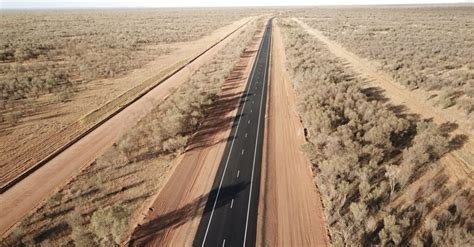
Network Optimisation Program - Rail
A proposal to address urban and regional rail network capacity constraints in Australia through data and technology, aiming to improve efficiency and delay the need for larger-scale investments.
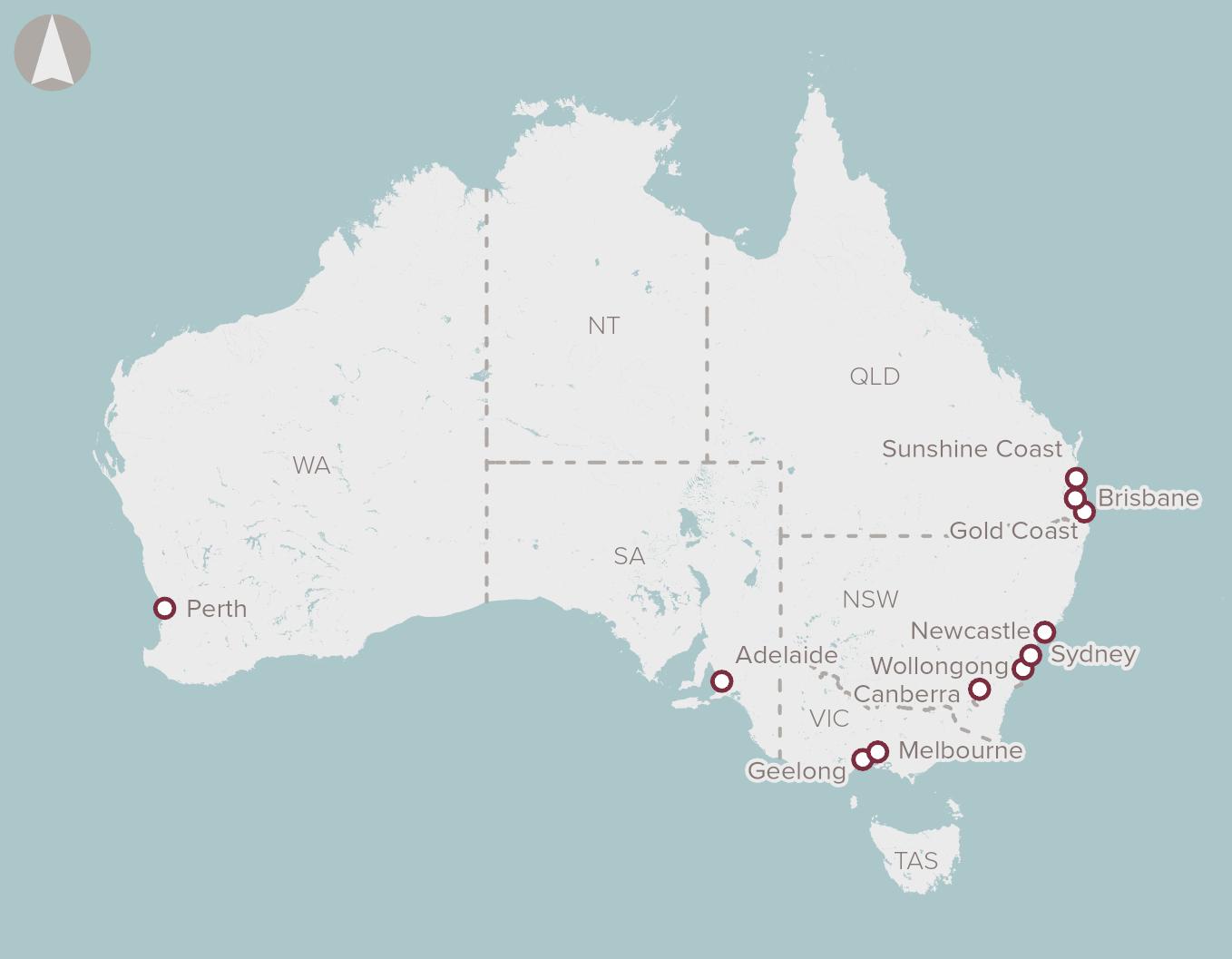
Connection Between Eastern Gas Markets And Gas Suppliers
This proposal is for developing infrastructure to connect northern Australian gas reserves to the eastern gas markets. The Northern Gas Pipeline, completed in 2018, connects Tennant Creek to Mount Isa, linking Northern Territory gas supplies with the eastern gas market and supporting economic growth in the Northern Territory. Additional pipeline connections, such as between Palm Valley and Moomba, are being considered. Feasibility depends on future gas demand in the eastern states and the viability of new gas fields in the Northern Territory. Potential connections to the Galilee Basin in Queensland could deliver gas to Gladstone, increasing supply to southern markets.

Employment
Employment conditions in Yuendumu - Anmatjere face significant challenges, ranking among the bottom 10% of areas assessed nationally
Yuendumu - Anmatjere has a balanced workforce with 575 residents employed as of June 2025. The unemployment rate is 19.8%, which is 13.9% higher than the Rest of NT's rate of 5.9%.
Workforce participation stands at 34.0%, significantly lower than the Rest of NT's 50.7%. Key industries include public administration & safety, education & training, and agriculture, forestry & fishing. The area has a strong specialization in agriculture, forestry & fishing, employing 3.2 times more residents than the regional average. Conversely, construction employs no local workers, below the Rest of NT's rate of 6.5%.
Employment opportunities appear limited locally, as indicated by the Census working population count versus resident population. Between June 2024 and June 2025, the labour force decreased by 1.8% while employment declined by 2.0%, causing unemployment to rise by 0.2 percentage points. This contrasts with the Rest of NT, where employment contracted by 1.7%, the labour force fell by 1.8%, and unemployment fell marginally. Jobs and Skills Australia's national employment forecasts from May 2025 project national growth rates of 6.6% over five years and 13.7% over ten years. Applying these projections to Yuendumu - Anmatjere's employment mix suggests local growth of approximately 5.6% over five years and 12.4% over ten years.
Frequently Asked Questions - Employment
Income
Income metrics place the area in the bottom 10% of locations nationally according to AreaSearch analysis
AreaSearch's aggregation of latest postcode level ATO data released for financial year 2022 shows Yuendumu - Anmatjere had a median income among taxpayers of $21,673. The average income stood at $27,663. Both figures are below the national average. In comparison, Rest of NT had incomes of $51,655 and $61,577 respectively. As of March 2025, estimates based on Wage Price Index growth of 10.44% indicate median income would be approximately $23,936 and average income $30,551. Census data reveals Yuendumu - Anmatjere's household, family, and personal incomes all fall between the 0th and 7th percentiles nationally. Income distribution shows that 28.4% of the community (588 individuals) earn between $1,500 and $2,999, similar to regional levels at 33.6%. Housing costs are modest with 93.5% of income retained. However, total disposable income ranks at just the 15th percentile nationally.
Frequently Asked Questions - Income
Housing
Yuendumu - Anmatjere is characterized by a predominantly suburban housing profile, with a higher proportion of rental properties than the broader region
In Yuendumu-Anmatjere, as recorded in the latest Census, 94.4% of dwellings were houses, with the remaining 5.6% being semi-detached, apartments, or other types. This is compared to Non-Metro NT's 67.8% houses and 32.2% other dwellings. Home ownership in Yuendumu-Anmatjere stood at 5.0%, with 1.3% of dwellings mortgaged and 93.7% rented. The median monthly mortgage repayment was $212, lower than Non-Metro NT's average of $1,800. Weekly rent in the area was recorded at $75, significantly below Non-Metro NT's figure of $280. Nationally, Yuendumu-Anmatjere's mortgage repayments were much lower than the Australian average of $1,863, and rents were substantially below the national figure of $375.
Frequently Asked Questions - Housing
Household Composition
Yuendumu - Anmatjere has a typical household mix, with a higher-than-average median household size
Family households account for 76.6% of all households, including 35.1% couples with children, 17.3% couples without children, and 18.8% single parent families. Non-family households comprise the remaining 23.4%, with lone person households at 19.8% and group households at 2.5%. The median household size is 3.9 people, which is larger than the Rest of NT average of 2.8.
Frequently Asked Questions - Households
Local Schools & Education
Yuendumu - Anmatjere faces educational challenges, with performance metrics placing it in the bottom quartile of areas assessed nationally
The qualification rate for university degrees in this area is 12.1%, significantly lower than the Australian average of 30.4%. This disparity presents both a challenge and an opportunity for targeted educational initiatives. Bachelor degrees are the most common at 8.3%, followed by postgraduate qualifications (2.1%) and graduate diplomas (1.7%). Vocational pathways account for 18.1% of qualifications among those aged 15 and above, with advanced diplomas at 4.3% and certificates at 13.8%.
Educational participation is high, with 30.8% of residents currently enrolled in formal education. This includes 18.5% in primary education, 7.3% in secondary education, and 1.1% pursuing tertiary education. There are 7 schools operating within Yuendumu - Anmatjere, educating approximately 439 students. These schools offer integrated K-12 education, providing continuity throughout students' academic journey. School capacity exceeds typical residential needs, with 21.2 places per 100 residents compared to the regional average of 15.0, indicating that this area serves as an educational center for the broader region.
Frequently Asked Questions - Education
Schools Detail
Nearby Services & Amenities
Transport
No public transport data available for this catchment area.
Frequently Asked Questions - Transport
Transport Stops Detail
Health
Yuendumu - Anmatjere's residents boast exceedingly positive health performance metrics with very low prevalence of common health conditions across all age groups
Health outcomes data shows excellent results across Yuendumu - Anmatjere, with very low prevalence of common health conditions across all age groups. The rate of private health cover is extremely low at approximately 43% of the total population (~894 people), compared to 53.7% across the Rest of NT and a national average of 55.3%. Diabetes and heart disease are the most common medical conditions in the area, impacting 11.3% and 3.8% of residents respectively.
A total of 79.5% of residents declare themselves completely clear of medical ailments, compared to 76.9% across the Rest of NT. The area has 9.3% of residents aged 65 and over (193 people). Health outcomes among seniors are particularly strong, broadly in line with the general population's health profile.
Frequently Asked Questions - Health
Cultural Diversity
The level of cultural diversity witnessed in Yuendumu - Anmatjere was found to be above average when compared nationally for a number of language and cultural background related metrics
Yuendumu - Anmatjere had cultural diversity above average, with 3.1% born overseas and 86.3% speaking a language other than English at home. Christianity was the main religion, comprising 71.6%, compared to 52.6% across Rest of NT. Top ancestry groups were Australian Aboriginal (82.2%), substantially higher than regional average of 28.9%, English (5.1%), notably lower than regional average of 17.4%, and Australian (4.7%), also notably lower than regional average of 17.0%.
In terms of ancestry (country of birth of parents), the top three represented groups in Yuendumu - Anmatjere are Australian Aboriginal, comprising 82.2% of the population, which is substantially higher than the regional average of 28.9%, English, comprising 5.1% of the population, which is notably lower than the regional average of 17.4%, and Australian, comprising 4.7% of the population, which is notably lower than the regional average of 17.0%.
Frequently Asked Questions - Diversity
Age
Yuendumu - Anmatjere hosts a very young demographic, ranking in the bottom 10% of areas nationwide
Yuendumu-Anmatjere's median age is 28 years, which is slightly below the Rest of Northern Territory average of 31 years and significantly lower than Australia's median age of 38 years. Compared to the Rest of NT, Yuendumu-Anmatjere has a higher proportion of residents aged 5-14 (17.7%) but fewer residents aged 55-64 (7.6%). This concentration of 5-14 year-olds is notably higher than the national average of 12.2%. Between the 2021 Census and the present, the proportion of residents aged 65 to 74 has increased from 5.2% to 6.9%, while the 35 to 44 age group has risen from 13.3% to 14.7%. Conversely, the 55 to 64 age group has decreased from 8.5% to 7.6%. By 2041, demographic projections indicate significant shifts in Yuendumu-Anmatjere's age structure. The 75 to 84 age group is projected to grow by 140%, increasing from 43 to 105 people. Conversely, population declines are projected for the 35 to 44 and 15 to 24 age groups.
